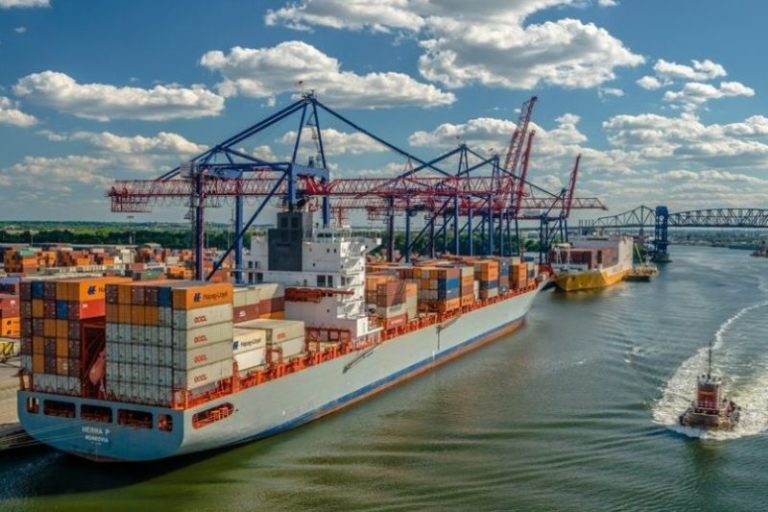The strike at the U.S. East Coast and Gulf Coast ports ended on the night of October 3, 2024 (local time), following a tentative wage agreement. However, over forty ships are still waiting to unload goods worth billions of dollars, which means the disruption is far from over. Xeneta made this point in a statement released on October 4. Specifically, the Norwegian company indicated that as of 5:00 AM on October 4, 44 ships were waiting to enter the affected ports, with over 120 others en route to those locations.
Peter Sand, Chief Analyst at Xeneta, explained, "A prolonged crisis of this magnitude would have been toxic for global supply chains, so the market is breathing a sigh of relief." He added, however, that the closure of all ports along the U.S. East and Gulf Coasts, even for just three days, will have significant consequences: "We now have to wait and see how quickly returning workers will be able and willing to handle the massive backlog of ships waiting to unload thousands of containers with goods worth billions of dollars."
According to Sand, the strike's impact will ripple through global supply chains in the coming weeks: "The dozens of delayed ships on the U.S. East and Gulf Coasts will also arrive late in the Far East. This will affect schedules towards the end of this year and possibly into 2025, with the Lunar New Year at the end of January being a particularly critical time for increased shipments from the Far East." He added, "It's impossible to miss a scheduled weekly departure for a ship carrying 15,000 containers without expecting consequences for carriers and importers."
The latest data from Xeneta shows that carriers are already being hit by rising freight rates as a direct consequence of the strikes. Average spot rates on the most affected trade route, from Northern Europe to the U.S. East Coast, stood at $2,900 per 40-foot container as of October 4, a 58% increase since the end of August. The alternative trade route from Northern Europe to the U.S. West Coast also saw an impact, with average spot rates up 48% over the same period, reaching $4,450 per FEU.
Sand warned that the market will remain complex in the coming weeks and months. "There has already been a financial impact for carriers due to rising freight rates in transatlantic trade, at a time when markets on other major routes from the Far East remain elevated due to the ongoing conflict in the Red Sea." In short, "the end of the strike is good news, but carriers are not out of the woods yet. This is just a provisional agreement, and port automation remains a significant hurdle."
Automation now appears to be the main obstacle to continuing negotiations. Both sides have given themselves a hundred days to reach a final agreement to prevent further strikes, but no consensus on automation has been found in a year of talks. The union's demands are drastic and will be difficult for companies to meet without significant adjustments.



































































